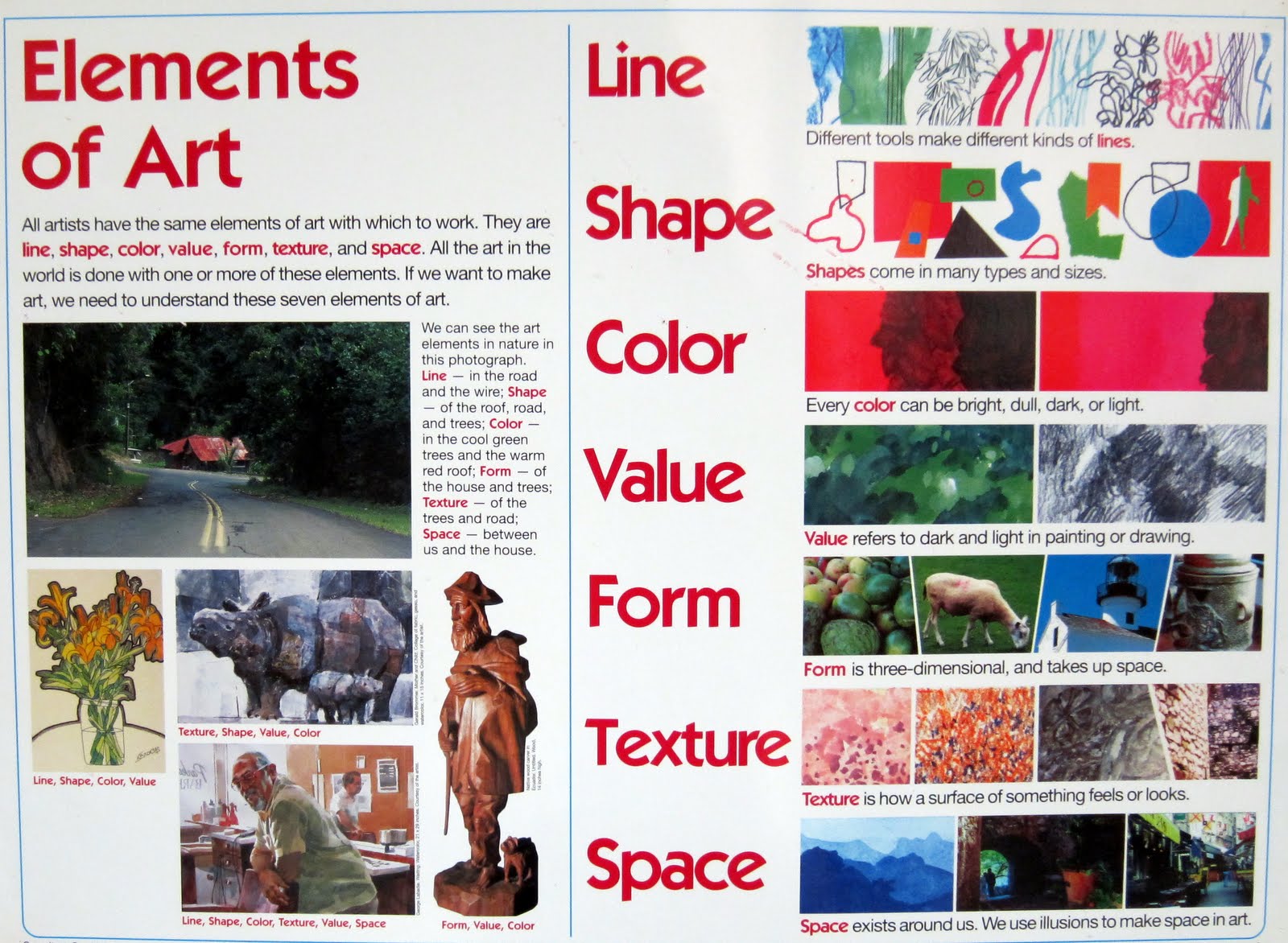Table Of Content
Lines are strokes connecting two points, and the most basic element of visual design. We can use them to create shapes, and when we repeat them, we can form patterns that create textures. For instance, consistency ensures that controls remain uniform throughout a design, while proximity suggests related items be grouped.
Contrast
The image above is mostly made up of shapes - from the large circle depicting the sun to the birds and the silhouette-like buildings. The lines in this image run in every direction, some parallel and others perpendicular to each other. They're also used to add details to the buildings and individual bricks to the wall.
Add some character to your visuals

Instead, the goal is to strike a balance that allows all the important elements to stand out in their own way. Design is all around us, from the clothes we wear to how our cities are planned. This ultimate guide explores the elements and principles of design and showcases some notable examples. Repetition refers to using the same or similar elements throughout your design, either in regular or irregular patterns. It’s used to reinforce certain elements while also providing a sense of unity and continuity to your design.
Color
Because it is primarily a text-based design, there is a need of creating a contrast between the different sections. Contrast also creates depth in your design – elements with lower contrast “fade away” and parts with high contrast “pop” and move to the foreground. Basically, hierarchy is the arrangement of different parts of the design, by size and color, to imply importance. In this article, we present you with a list of design principles, giving you a better understanding of how they work and why they matter. Easy, fast, effective, and based on the basic design principles presented above.
It specifically refers to positioning items in such a way that they line up with each other.. Balance in design is similar to the concept of balance in Physics. Vertical lines establish an atmosphere of balance, alertness, and formality. It is always defined by boundaries and more often used to stress a particular portion of a page. Scale and Proportion describe the overall size of a composition and the relationship of one object’s size to another within that composition.
7 Must-Know Principles of Japanese Interior Design - Better Homes & Gardens
7 Must-Know Principles of Japanese Interior Design.
Posted: Wed, 15 Jun 2022 07:00:00 GMT [source]
It involves the strategic arrangement of elements to create a visual flow that connects one part of the design to another, suggesting action or direction. Designers can create movement through lines, shapes, colors, and the arrangement of objects, leading the eye along a path from one focal point to another. This principle is particularly effective in storytelling within a design, as it can direct attention to areas of importance and maintain engagement.
Use these guidelines as an arsenal for your brand development process. What sets the profession apart is that specific data points influence some rules while others are purely human instincts. They help distinguish design pieces from each other while ensuring that they follow the fundamental laws of design. Proportion adds order and perspective, creating a relationship between elements. Also known as direction, movement uses elements to lead the eyes from one location to another. The points in this image form the start and end of all the lines, including the mountains, clouds, and the moon.
Repetition and Pattern
In digital design, a dot is an intersection of lines and, thus, the most basic element. In fact, we can decompose even the most complex and sophisticated designs and get the basic elements of design — lines, shapes, colors, textures, type, space, and motion. As an artist uses paints and brushes to fill out a canvas, designers use design elements to create their designs. Patterns are a basic element of design and can be found in both natural and artificial objects. In nature, patterns often occur as a result of the repeating shape of leaves or petals, the stripes on a zebra, or the ripples in sand dunes. Manufactured patterns are often more geometric in nature, such as the checkerboard pattern of a chessboard or the stripes on a candy cane.
Basic Visual Design Principles
You’ll also learn why visual design is so important, how history influences the present, and practical applications to improve your own work. These insights will help you to achieve the best possible user experience. With the elements of visual design and design principles in mind, we will analyse a few websites to see how they come together, and why the designs work. Balance in design principles refers to the distribution of visual weight within a composition. It ensures that elements are arranged in a way that doesn't make one side feel heavier than another. Color is not traditionally classified as a principle of design in art.
Ah, the age-old dilemma—how to make your design exciting without turning it into visual chaos. The way its petals radiate from the center is a prime example of radial balance. This technique captures the viewer's attention and draws it to the focal point at the center.
This principle strengthens a design by tying together disparate parts to form a cohesive whole. By repeating colors, shapes, or textures, designers create rhythm and unity, making the overall experience more harmonious and visually appealing. Repetition can also enhance brand recognition and reinforce messaging by establishing a familiar and predictable pattern that viewers can easily understand.
That’s why it’s significantly larger than other elements in your design. However, remember that you don’t have to follow all of these principles to have a groundbreaking design. Emphasis highlights the most important element and makes your audience concentrate on the focal point of your design.
Don’t choose a texture that’s irrelevant to your design, or it won’t have any effect on the viewer. The number one rule of design is variety — you want to give people options so they can find something they like or will use. If you only have one option available, then they’ll have to adapt themselves to fit into that one option rather than getting what they need out of it. Now that you’ve seen what constitutes good design, learn more about some of the most common mistakes made by non-designers here.
Knowing the fundamental elements and applying them to your piece with a clear understanding will help you make it powerful enough to convey a message. We all know what movement means — it’s when something changes position over time! Movement is created when a viewer sees elements moving around in composition (or across multiple compositions). Movement can be created by overlapping shapes or stacking elements on top of one another (like overlapping apples).
It’s for you if you’ve ever wondered what goes into good design_._ You'll find it handy whether you're a complete amateur or a budding designer—so let's get stuck in. Send them this quick test & see where their skills stand among 300K+ designers worldwide. This method is making sure that we have similar elements in our design, binding the design together.

No comments:
Post a Comment